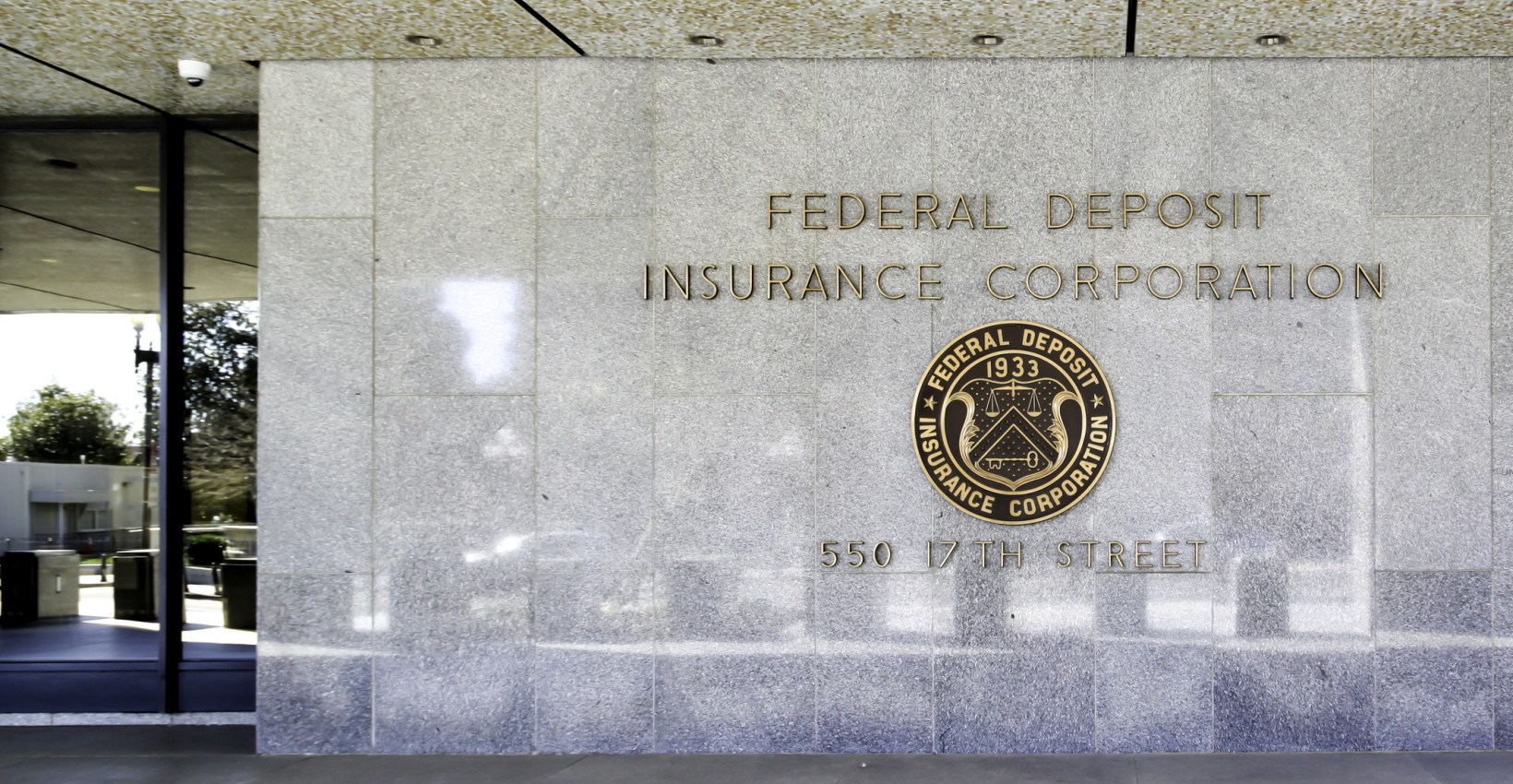FDIC insurance: Am I covered?

Chances are you’ve probably seen placards in your bank’s lobby stating that its deposit accounts are FDIC insured. But what does that mean? Are all the funds you have with your financial institution covered? Can coverage exceed $250,000 at an institution? In this article, we’ll discuss what FDIC insurance is, what (and how much) it covers, and what it means for your accounts.
What is FDIC insurance?
The Federal Deposit Insurance Corporation (FDIC) is an independent agency of the U.S. government that provides deposit insurance to banks and savings associations. It was established in 1933 in response to bank failures during the Great Depression, and it has been providing peace of mind to millions of Americans ever since. Essentially, it’s a type of insurance that protects depositors from losing their deposits in the unlikely event that their bank would fail. You can find out if your banking institution is insured using the FDIC’s BankFind tool.
What does FDIC insurance cover?
FDIC insurance covers deposits in checking accounts, savings accounts, money market deposit accounts, and certificates of deposit, or CDs, among others. It does not cover investments such as stocks, bonds, mutual funds, or annuities. We recommend checking out the FDIC website for up-to-date information about coverage by certain product and how that might relate to your specific situation.
How is FDIC coverage calculated?
The way FDIC insurance works is fairly simple. When you deposit money into an FDIC-insured bank or savings association, your deposit is insured up to a certain amount. The standard insurance amount is $250,000 per depositor per insured bank for each covered account ownership category. The FDIC has lots of handy resources available for up-to-date information on ownership categories and coverage limits.
How do I determine my FDIC coverage?
Many types of accounts are eligible for coverage, such as trusts, certain retirement accounts (such as IRAs), and business accounts. That means you could technically qualify for much more than $250,000 in coverage if you hold accounts in more than one ownership category, either as an individual or with a joint account holder.
The best way to calculate deposit insurance is with the FDIC’s Electronic Deposit Insurance Estimator, or EDIE, and your UBT banker is always happy to assist as well. After running the numbers, if you find that you’ve reached the FDIC depository max at one financial institution, there’s no cause to panic, as you do have options. There are some safe and convenient alternatives, such as CDARS, or Certificate of Deposit Account Registry Service®, which would expand your insured CD purchasing power exponentially by investing your CDs while still giving you one convenient point of contact. Another option for depositors and businesses would be sweep services to direct your balances to the financial vessel of your choosing at the end of the day.
In conclusion, FDIC insurance is a valuable protection for depositors, as it provides peace of mind and financial security in the rare case of a bank failure. By choosing a financially diverse bank you trust and educating yourself on how FDIC insurance works, you can make informed decisions about your financial needs. For more information on FDIC insurance, visit the FDIC website. For questions about your insured accounts, visit your nearest UBT branch or contact our Customer Support Team.
Learning Center articles, guides, blogs, podcasts, and videos are for informational purposes only and are not an advertisement for a product or service. The accuracy and completeness is not guaranteed and does not constitute legal or tax advice. Please consult with your own tax, legal, and financial advisors.




